
Get A Yard That Looks Good Enough To Eat! The Best Edible Garden Ideas
Published: 28/10/2022 | Updated: 29/03/2023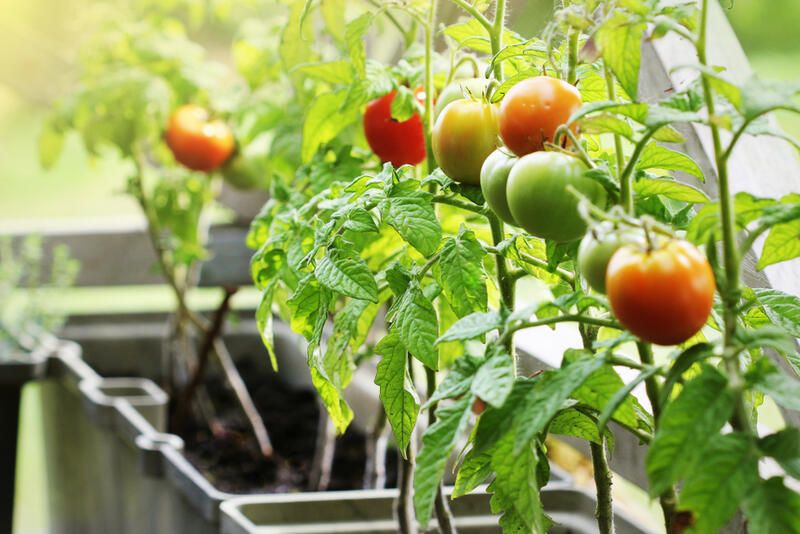
A well-planned edible landscape design can elevate a plain vegetable garden to a beautiful lawn that looks good enough to eat.


Start small
If you’re new to edible gardening, you might want to start small and plant just a few crops, to begin with. Develop your crop-friendly gardening skills on a modest vegetable bed before aspiring to plant and maintain an entirely palatable lawn.
After a few seasons of practicing the ins and outs of keeping a tasty herb, fruit, or vegetable garden, you can begin to expand your edible horizons with confidence by adding a wider variety of crops and gradually increasing your growing space.
Location, Location, Location
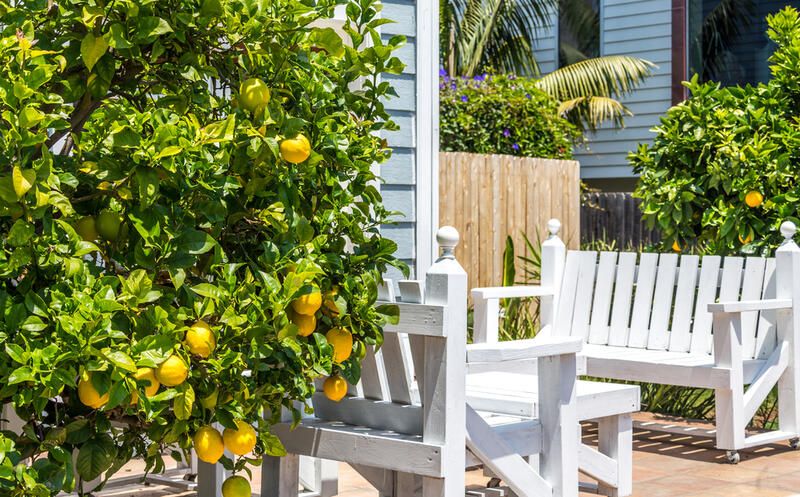
The majority of consumable plants thrive when planted in sunny locations. When drawing up your edible garden design, make sure to place sun-loving flora in the portions of your yard that receive at least six hours of sunlight each day.
Selecting a suitable site is a crucial factor in determining the success of your crops. Most vegetables, fruits, and herbs require at least eight to ten hours of direct sunlight each day to grow well. This is particularly important for fruit-bearing plants like tomatoes, peppers, cucumbers, and squash.
What if your garden is not blessed with a daily dose of sunshine?
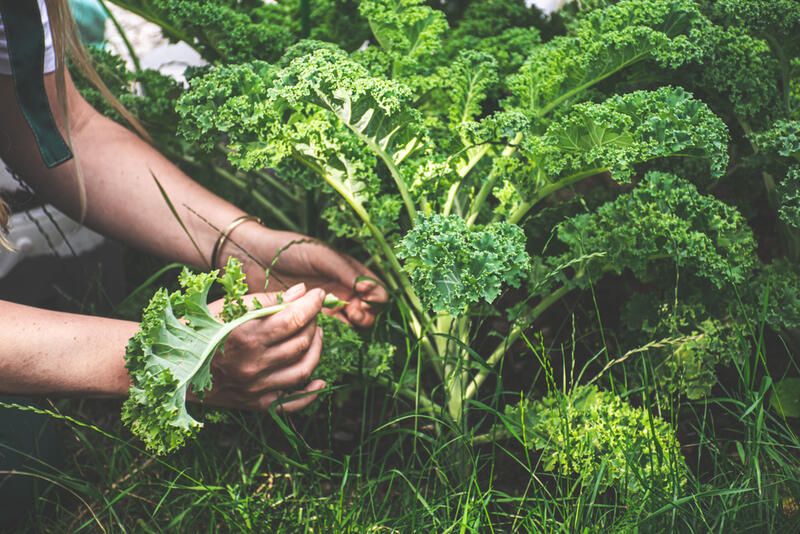
Fear not, not all species need such high amounts of sun, however, to go the low sun route, you'll need to stick to shade-tolerant plants like Swiss chard, spinach, and lettuce (see our handy list for more shade-tolerant plants below!) if you want to grow vegetables in a garden with less light.
Shade-Friendly Plants:
- Arugula
- Bok choy
- Chard
- Chicory
- Cress
- Fenugreek
- Kale
- Mâche
- Mustard
- Spinach
- Sorrel
Waste not, want not. Choose edible plants that you will actually eat!
It’s easy to imagine a garden that's jam-packed with all kinds of fruits and vegetables: turnips, potatoes, Brussels sprouts, carrots, chard…the list goes on. It’s all so tempting, but even if you could grow all that unless you’re planning on selling half of your produce to your neighbors, you may end up with a lot of unwanted crops. Take note of what you love to eat regularly, and use it as a guide to help you decide what to grow at home.
It's all about the soil
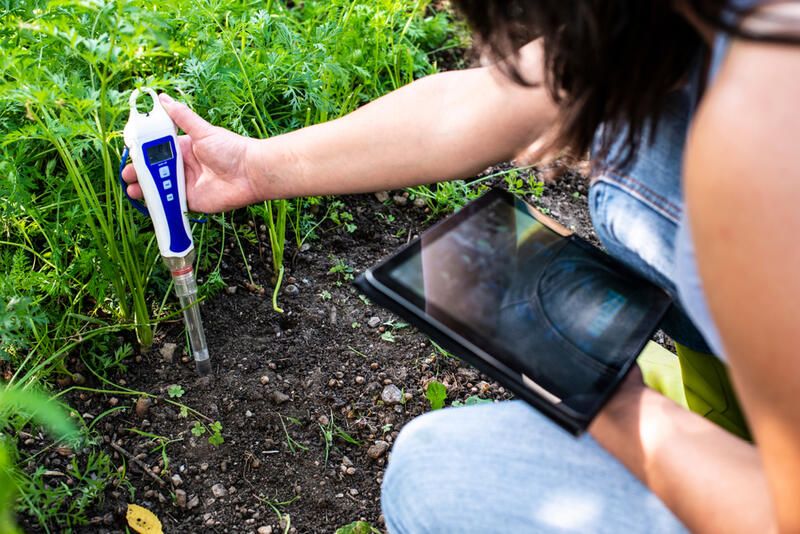
A patch of healthy, well-kept soil is essential for thriving plants of any species. A handy soil test kit will easily identify which nutrients need to be added to ensure optimal growth in addition to letting you know whether the pH of the soil needs to be regulated.
Soil types vary by region, northeastern states, for example, have typically acidic soils, so you may want to add a dose of lime to balance the pH if you live in those areas. Other ways of enriching your soil include adding compost, kelp meal, chopped leaves, and other soil amendments to keep your soil in tip-top condition in between crops.
Use a container!
Even the most experienced vegetable garden owners can still struggle when it comes to combining different types of plants on a single stretch of lawn. With differing soil, sun, and watering requirements, it can be challenging to combine different species in a single spot.
The easiest solution is to use containers! Breeds of fruits and veggies that require special care can always find a happy home in a well-designed container. Heat-loving eggplants and peppers, for instance, can be placed in a set of chic plant pots and located on a cozy sunny back porch to flourish all winter long.
An added benefit to containers is that they allow you to bring your edible garden indoors — some potted fragrant herbs can make a lovely addition to your kitchen. Containers open up a world of possibilities, so don’t be afraid to experiment with different types of plants in this way!
A garden that looks good enough to eat!
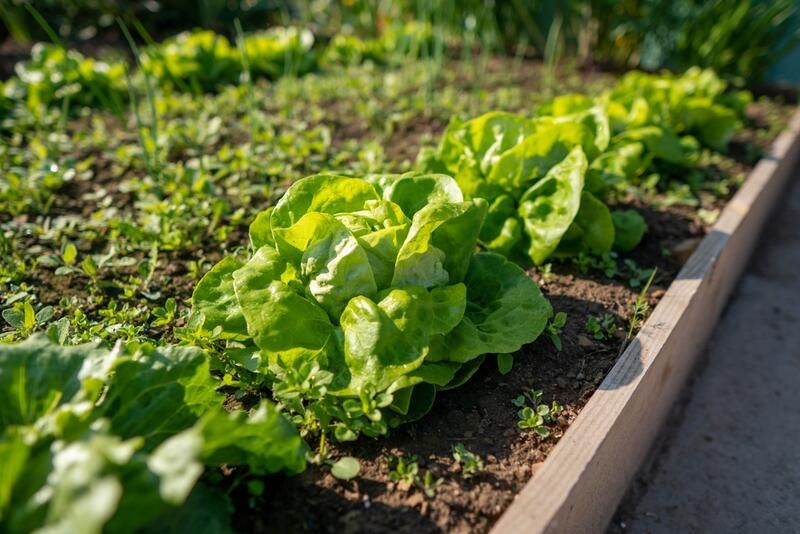
Edible plants can serve the same landscape functions as other ornamental plants in the design of an edible garden. A row of vibrant purple blueberries could take the place of a rose or privet hedge, and a charming dwarf pear or apple tree could supplant a small decorative one. A cherry tomato or grapevine can be supported on a trellis just as readily as one covered in annual vines of morning glory or moonflower.
Leaf lettuce and basil are beautiful blossoms that add a touch of color that rivals any flower bed from early spring through winter, while herbs like oregano or parsley make excellent bordering plants. While edible plants can replace your regular garden variety flowers, you don’t have to go all out and replace every plant in your landscape with chewable crops.
Mix and match to make the most of your garden design
Some of the most attractive and practical food garden designs include a diverse assortment of ornamental and comestible plant species. Annuals, whether of the veggie or flowering type, go well together. For example, you could combine a bright set of marigolds with vibrant peppers or zinnias and green beans, and plant your tasty alpine strawberries next to your perennial daylilies, lavender, or campanulas.
Create your own combos using different leaf textures and colors. Pair sculpturesque Brussels sprouts with a trimming of sweet alyssum or a frill of delicate cosmos with some hefty Tuscan kale. Just make sure you pair plants that thrive in similar growing conditions for the best results.
The many benefits of raised beds
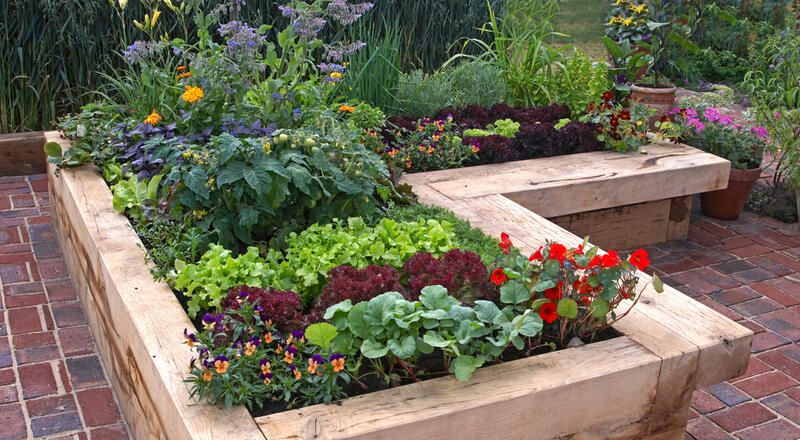
Raised beds have always been popular among vegetable gardeners, they solve a host of garden challenges, from poor soil to drainage issues, weeds, and pest control. These simple additions to your garden provide an easy-to-use defined area to grow your precious edible plants.
Pro Tip: A raised bed refers to any defined area where the soil has been added to host vegetables, fruits, and other plants for growth. They come in a variety of garden-friendly materials.
Why use raised beds for edible plants?
Vegetables in particular require a lot of high-quality, nutritious soil to produce wholesome crops. Don’t worry if the existing soil in your tard is not of the best quality. With enough compost and care, even the most deficient soil can be transformed into an ideal growing environment.
A bonus to using a raised bed is that the soil will continue to be fluffy and oxygenated because you won’t compress it by stepping on it, which will encourage roots to thrive.
Edible flowers? Yes, please!
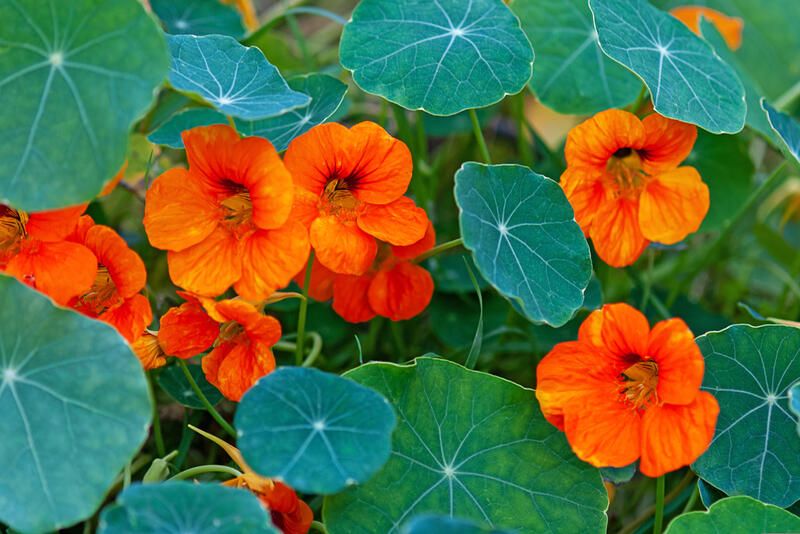
The number of edible garden flowers there are may surprise you. Make any meal feel exceptional by adding a couple of delicious eye-catching garnishes from your elegant flower petals and blossoms.
Flowers look stunning when added to salads, and many of them make excellent herbal tea. Some flowers, like nasturtium and daisies, contain edible leaves that can give a tossed salad a distinctive flavor, not to mention an exotic touch. Other flower species, like Jerusalem artichokes and sunflowers, are well-known vegetables in their own right.
Don’t forget the hardscape!
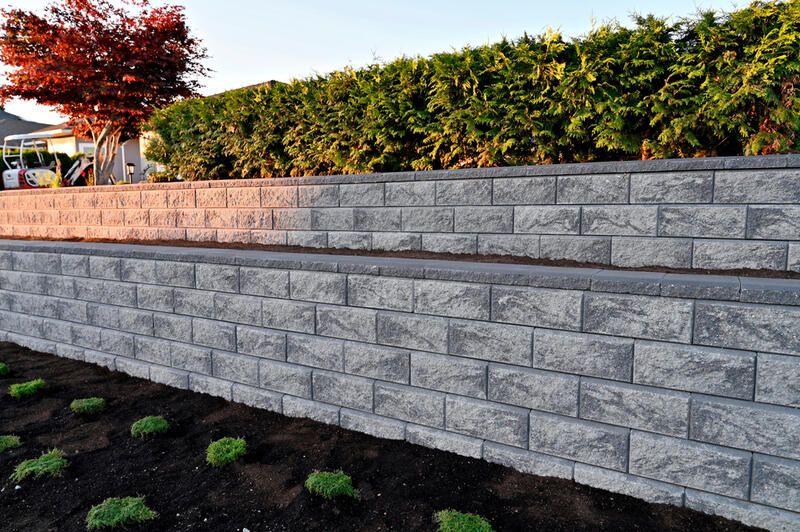
Hardscape includes any non-living element in your garden, this includes decks, driveways, patios, and pergolas. When planning your edible garden, try to give it strong design elements that will ensure that your garden won’t look empty between growing seasons.
Hardscape should not only add an attractive element of design to your garden, but it can also have an impact on the health of your veggies. The ratio of hardscape to softscape should vary depending on the climate, as it can affect everything from sun exposure to drainage, so a well-planned hardscape design that supports your crop is essential.
Plan ahead
Your vegetable garden harvest doesn't have to be an annual event, but it does help to plan ahead and know which vegetables, fruits, herbs, and flowers grow best through the different seasons.
Make sure you are familiar with the basic guidelines of growing any given plant before you commit to growing it. This includes the earliest and prime recommended planting time, days to maturity, harvest window, and spacing requirements.
Many perennial plants are highly attractive once they are established and will yield rich harvests of tasty produce for at least a few years. While choosing which trees and shrubs to include in your garden, it's a good idea to seek the advice of a landscape specialist for the best results.
Limited garden space? Wield the magic of succession planting!
Newbie gardeners need not worry about creating a comprehensive planting plan for the whole year, but if you want salad greens all season long, you will need a basic understanding of “succession planting”.
Draw up a garden plan
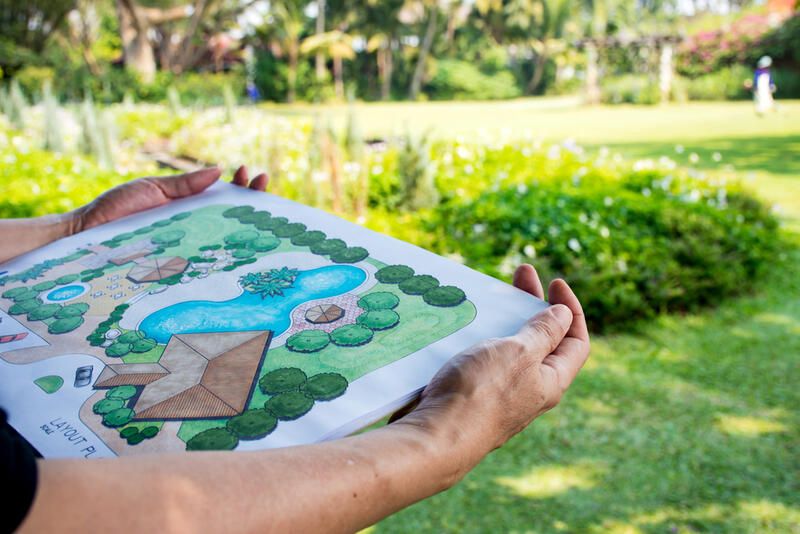
Take note of the dimensions of your garden area, and create a preliminary map of your plants. Dedicate a space to each plant for its entire growing period. Begin by placing your long-to-mature plants, and marking their planting dates.
Next, include a plan for crops that are quicker to mature like radishes, lettuce, spinach, and carrots.
Double crop to make the most of your space
If you have a small space, try to “double crop” your fast-growing plants by planting summer or fall fruits and veggies where early to mature spring crops have already been harvested.
Twice the produce
Double cropping or succession planting involves reusing the same patch of soil for multiple crops and it is one of the simplest ways to boost the output of your garden. Early-season veggies can be followed by mid or late-season harvests thanks to this technique.
Once they reach maturity, you can harvest them, and repeat the cycle to reuse the soil for new crops.
Plant different plant families in the same soil
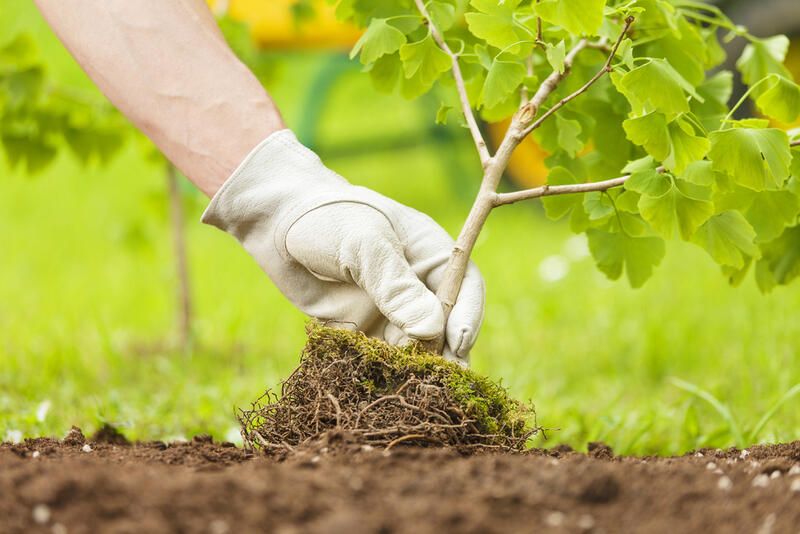
A top tip to reduce the risk of plant disease transferring to the new crops when double-cropping is to plant crops from different families in the same soil, as they are not prone to the same diseases.
Once you have harvested your first batch of vegetables, take a hand trowel and break up all the roots. Roots will tend to grow in the soil and compact it which may inhibit roots from breaking through. Once you’ve aerated it, add a little fresh soil to the surface and finally make a little hole and proceed to plant your new crop et voila you have just double-cropped!
Eat more of your plants
We tend to eat certain parts of our plants while disregarding other completely edible parts.
The tops of carrots, beetroots, pumpkins, and sweet potatoes produce an abundance of highly nutritious leafy greens, all of which serve as perfect salad fillers so think twice before you throw those “extra” bits away and make the most of your veggies!


